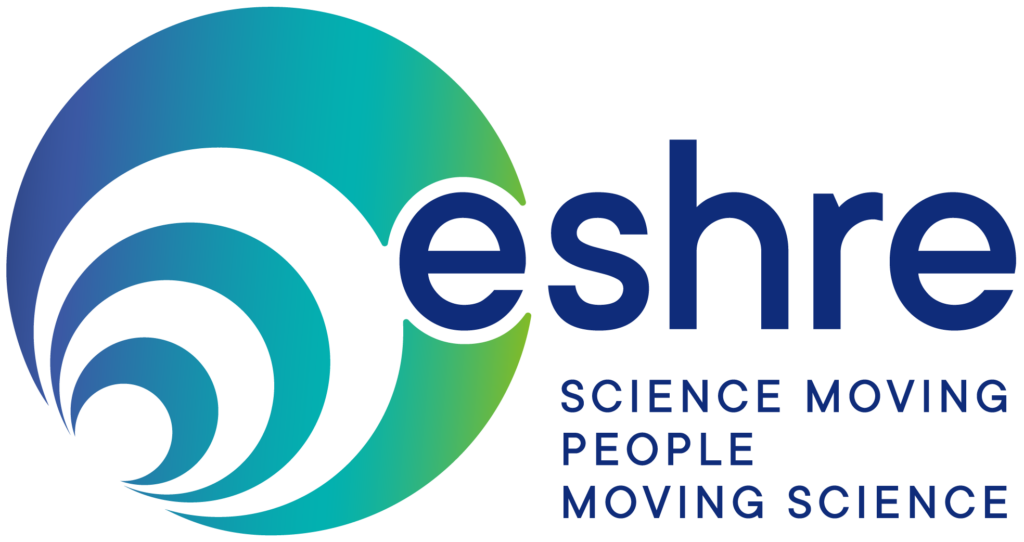Study Question: How does minimal controlled ovarian stimulation (COS) for in vitro maturation (IVM)
affect donors’ oocyte retrieval experiences compared to conventional COS, considering side effects?
Summary Answer: Minimal COS for IVM minimize the most common ovarian stimulation side effects
compared to conventional cycles. Women expressed high satisfaction levels and recommended the
treatment.
What is Known Already: Standard in vitro fertilization (IVF) techniques, oocyte cryopreservation, and
oocyte donation require high doses of gonadotropin stimulation, including a substantial number of painful
hormone injections and a higher risk of ovarian hyperstimulation syndrome (OHSS), altogether with high
costs and limited accessibility for many women. New fertility treatments utilizing minimal or abbreviated
COS protocols with IVM offer an alternative with reduced side effects and costs. However, a
cross-national analysis comparing side effects of minimal COS with IVM and conventional COS has not
been performed, and given the subjective nature of pain, few studies compare side effects outcomes
within the same center and same patient for both protocols.
Study design, size, duration: This study involved two experimental sets. Firstly, side effects from donors
undergoing minimal COS (n=110; 600-800 IU FSH) for IVM in Spain were retrospectively collected and
compared with conventional COS for egg donation (n=48; 2000-3000 IU FSH) from April 2022 to
November 2023. In the same period, a pairwise comparison of patients undergoing both minimal and
conventional COS for IVM and oocyte cryopreservation (n=13) was conducted in the United States.
Participants/materials, setting, methods: Side effects data were collected through an anonymized
survey. Donors were queried about breast and abdominal swelling, nausea, pelvic/abdominal pain, and
post-retrieval medication, among others. Secondary outcomes included menstrual resumption, fever,
bleeding, the satisfaction level, and the likelihood of recommending or repeating minimal COS for IVM.
Pain intensity and satisfaction levels were rated on scales. Statistical analysis included Mann Whitney,
Wilcoxon, Chi-square, and McNemar tests, with a significance level set at p<0.05.
Main results and the role of chance: During minimal COS for IVM (data set 1), donors experienced
minimal side effects: no breast swelling (86%), no pelvic or abdominal pain (76%), no nausea or vomiting
(96%), and no bleeding (96%). After oocyte pick-up, the majority (75%) reported no pelvic or abdominal
pain. The most common side effect was abdominal swelling (52%). Compared to conventional COS
cycles, minimal COS donors reported significantly less post-retrieval pain, with 33% experiencing no pain
(vs. 6%; p=0.0011) and with a reduced severe level of pain (5% vs. 19%; p=0.0097). Overall pain
distribution was reduced (p<0.0001), leading to fewer donors requiring pain medication (25% vs. 54%;
p=0.0003). Additionally, 85% of women were very satisfied with minimal stimulation and would
recommend or repeat the treatment (86%). In the comparison in which each patient underwent both
treatments (data set 2), women indicated more side effects with the conventional stimulation, showing increased pain, swelling, nausea or vomiting, medication use, and bleeding compared to minimal COS
(p=NS). A reduction in severe pain was observed in minimal COS (8%) versus conventional (38%,
p=0.1336), presenting an overall reduced level of pain in the minimal COS group (p=0.0078).
Limitations, reasons for caution: The retrospective nature limited the sample size and power in this
study. While the well-designed survey employed measurement scales, it acknowledged the subjective
nature of pain experiences. A larger patient cohort could confirm observed differences between
treatments, including more physical, emotional, and financial aspects.
Wider implications of the findings: Oocyte donors undergoing minimal hormonal stimulation for IVM
reported fewer side effects, lower post-retrieval pain, and high satisfaction levels with the procedure. The
approach, involving reduced gonadotropin levels and successful IVM, offers time and side-effect
advantages for many women, especially for whom prolonged conventional stimulation is contraindicated.
Study funding/competing interest(s): This study is funded by Gameto Inc.
Trial registration number: N/A
July 8, 2024
Survey of patient side effects experienced under minimal controlled ovarian stimulation (COS) within vitro maturation (IVM) versus conventional COS for in vitro fertilization (IVF)
